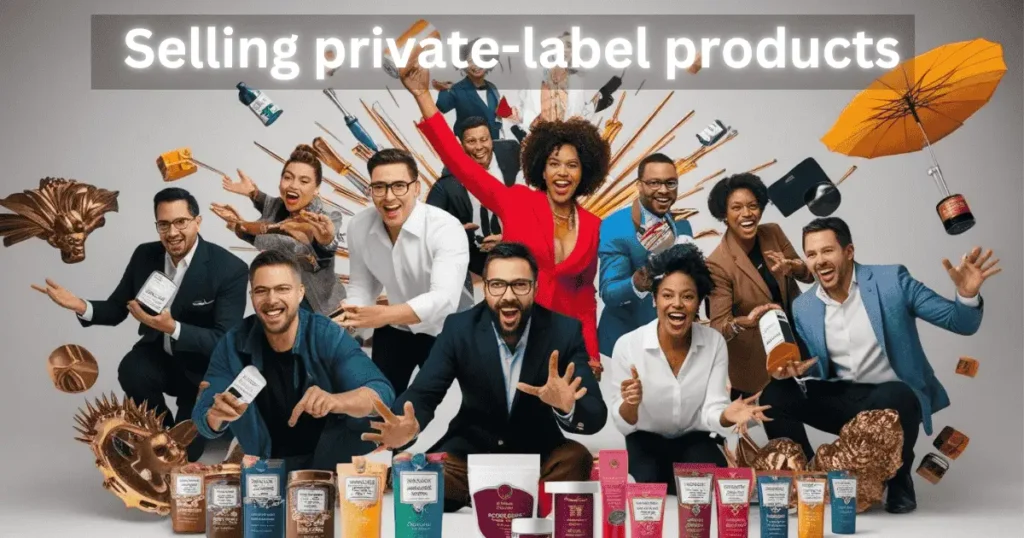Initial investment is necessary for purchasing inventory, branding, website setup, and marketing. While you don’t need massive capital upfront, some investment is required to get the ball rolling.
Private-label products can scale well, especially if you utilize dropshipping models or outsource fulfillment. You’re still limited by inventory management and your ability to drive traffic to your store.
After the store setup and initial work, income can be semi-passive. However, maintaining customer engagement, restocking inventory, and managing promotions will require ongoing effort.
This depends on the product niche. If you can tap into high-demand markets, it can be lucrative. However, certain markets may be oversaturated, which can reduce the chances of success.
Depending on the niche, competition can be intense, especially if you’re using platforms like Amazon. Differentiating your brand and products is key to standing out.
vEarnings are not instant. It may take time to set up your store, market it, and make your first sale. However, once established, revenue can start coming in relatively quickly.
The private-label model can offer steady earnings in the long term, but it’s highly dependent on the market, product demand, and the competition. Without continuous effort, sales may decline.
There’s a moderate risk of failure, especially if your chosen products don’t sell well or if competition is too high. Poor inventory management or marketing could also lead to losses.
Newcomers can enter the private-label market, but they face high competition, especially in established markets. However, with the right strategy, newcomers can succeed.
Private-label businesses are somewhat susceptible to changes in consumer behavior, economic shifts, and platform policies.
Platforms like Amazon and Shopify offer global accessibility, but there may be restrictions based on geographic location, local laws, or platform policies.
While you don’t need to be an expert, having knowledge of eCommerce, digital marketing, and branding will be beneficial. A basic understanding of supply chain and product sourcing is also important.
Platforms like Shopify and Amazon offer reliable payment systems with easy withdrawals. However, processing times and fees vary based on the platform used.
Earning money from private-label products isn’t guaranteed and requires significant effort in marketing, customer acquisition, and sales management. It’s not a “hands-off” method.
